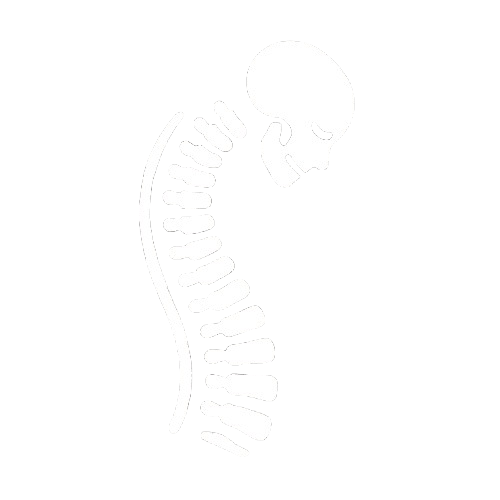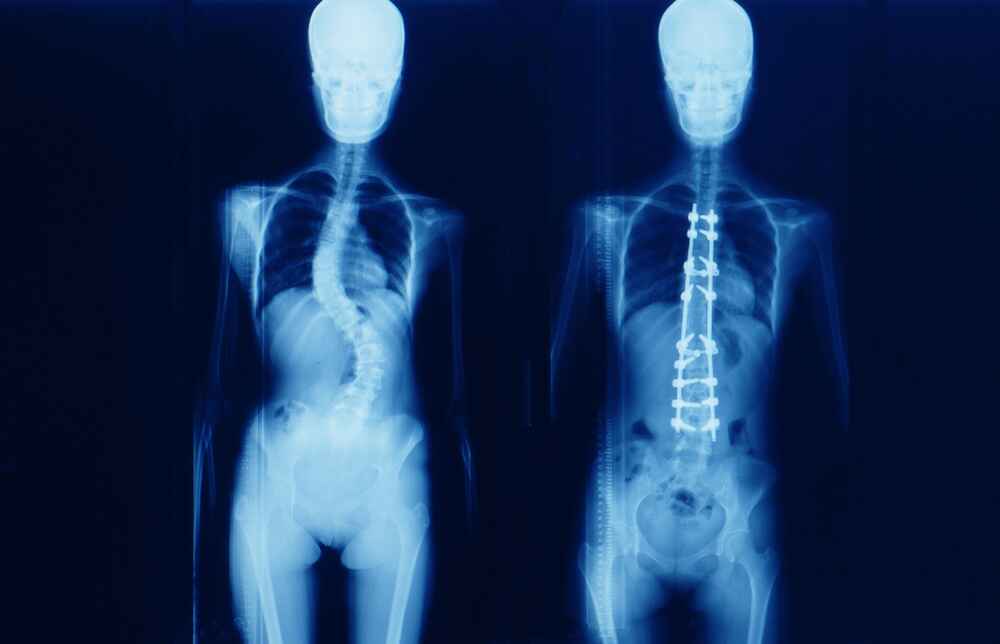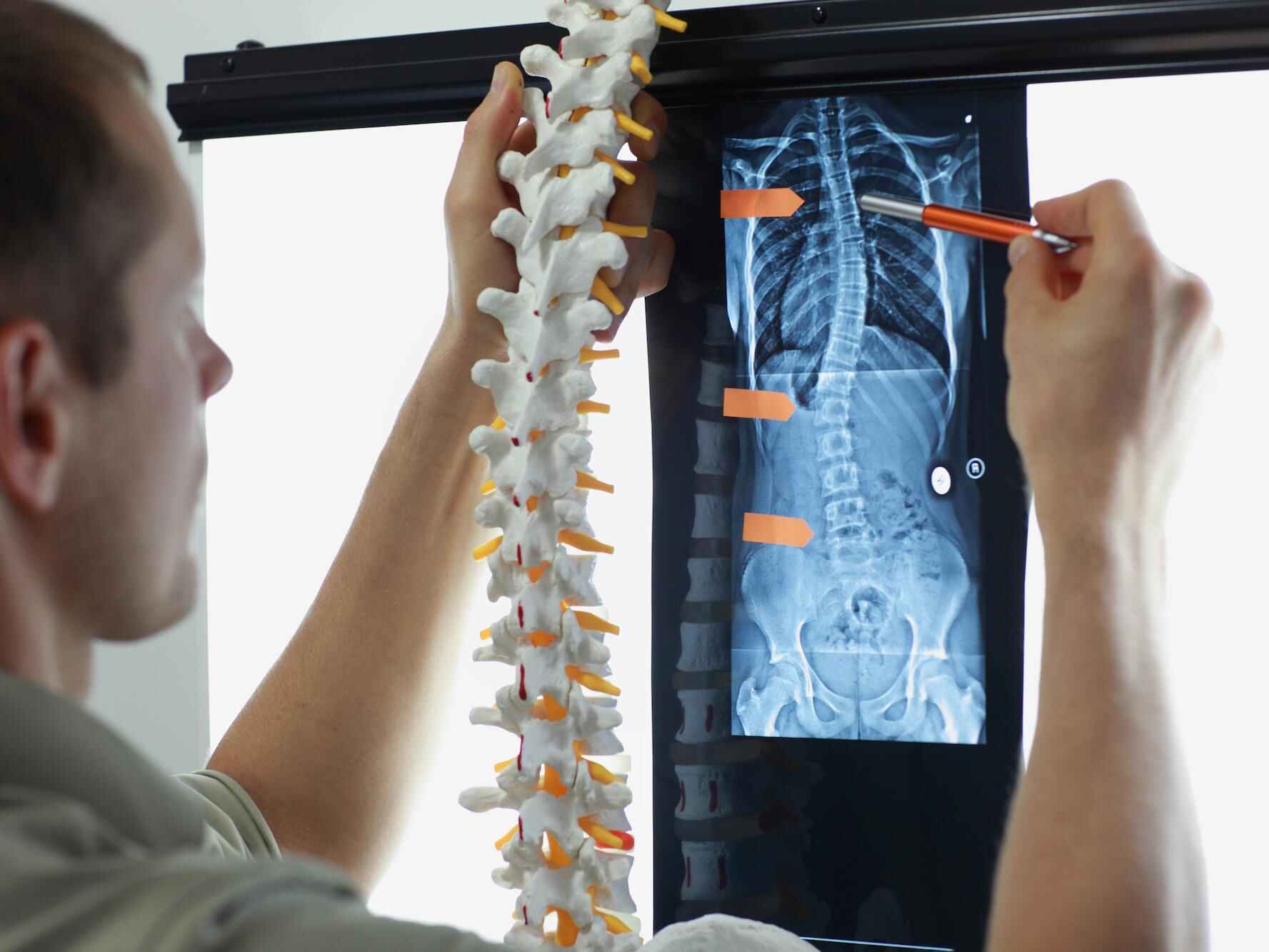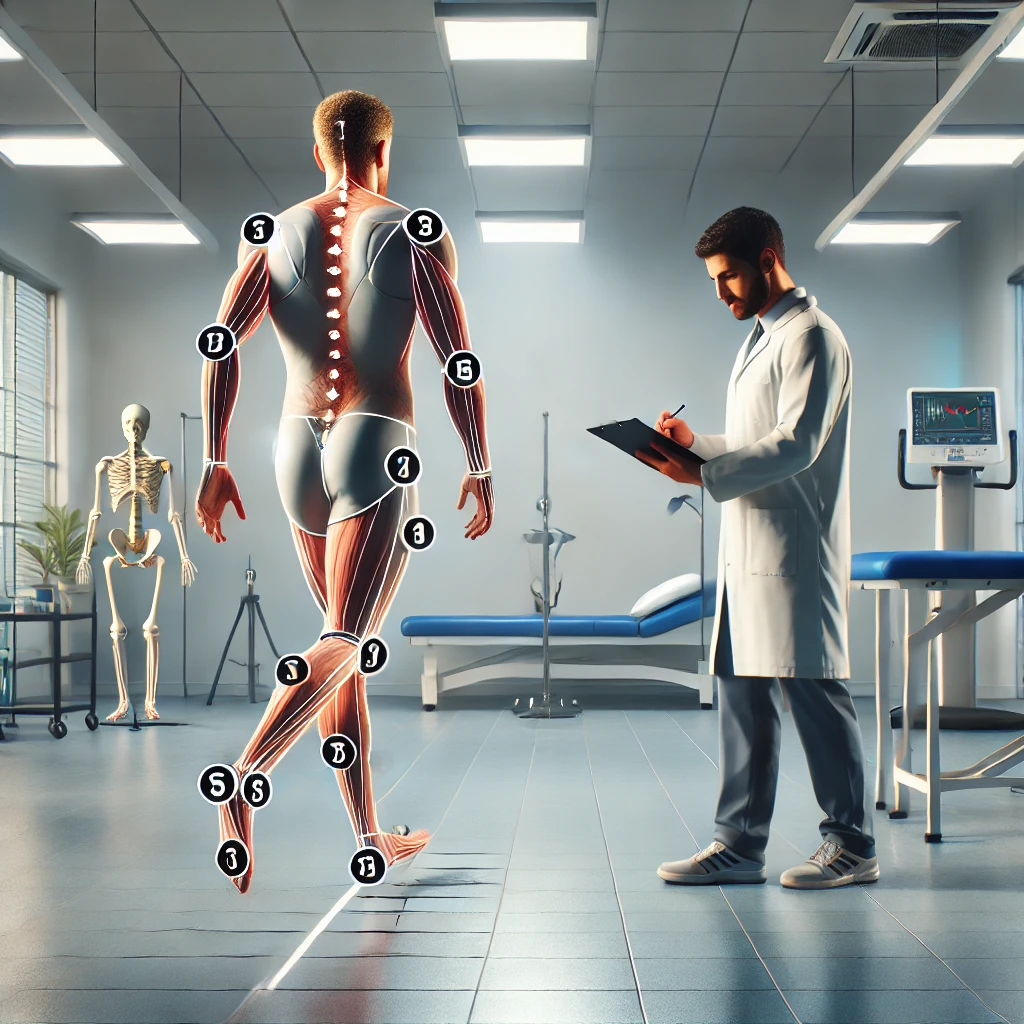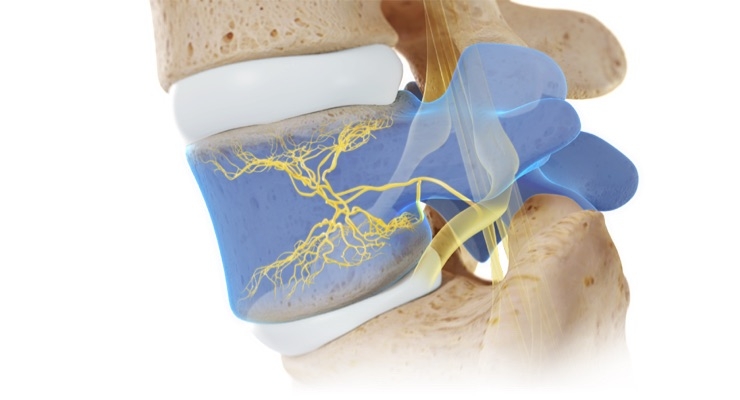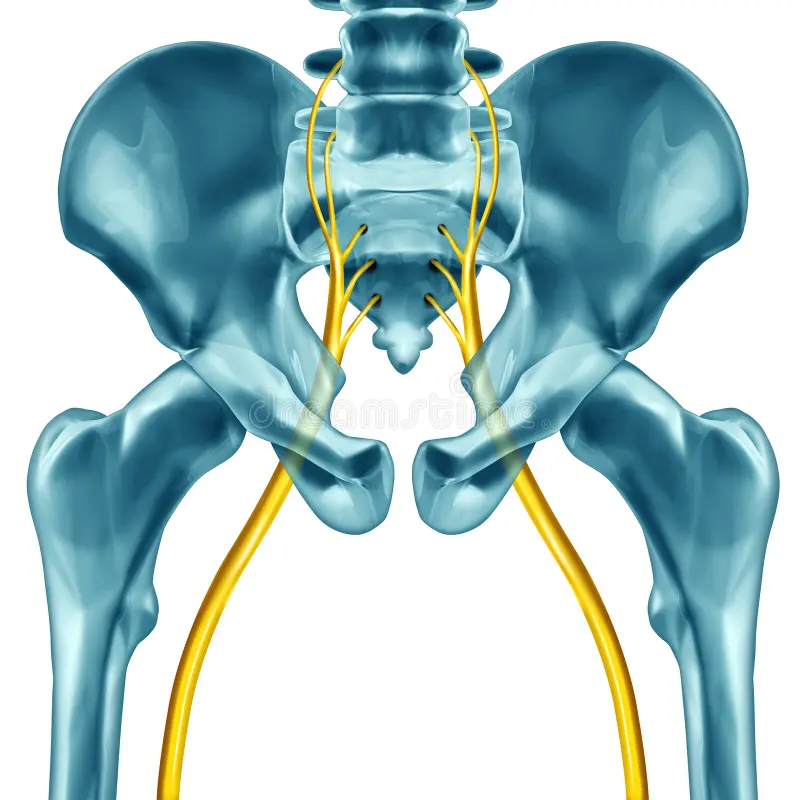Overview
Spinal deformities refer to abnormal curvatures or misalignments in the spine, which can result in discomfort, pain, and limited mobility. Common types of spinal deformities include scoliosis, kyphosis, and lordosis. While these conditions can occur at any age, they are more prevalent in children, adolescents, and older adults. Spinal deformity correction aims to realign and stabilize the spine, alleviating symptoms and improving overall quality of life.

